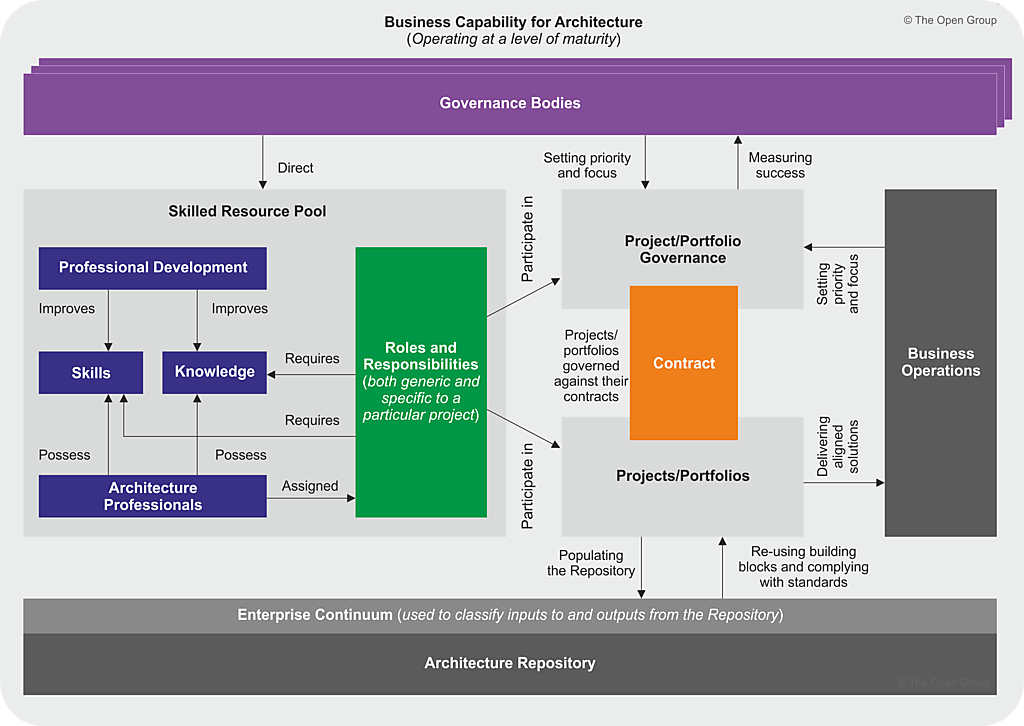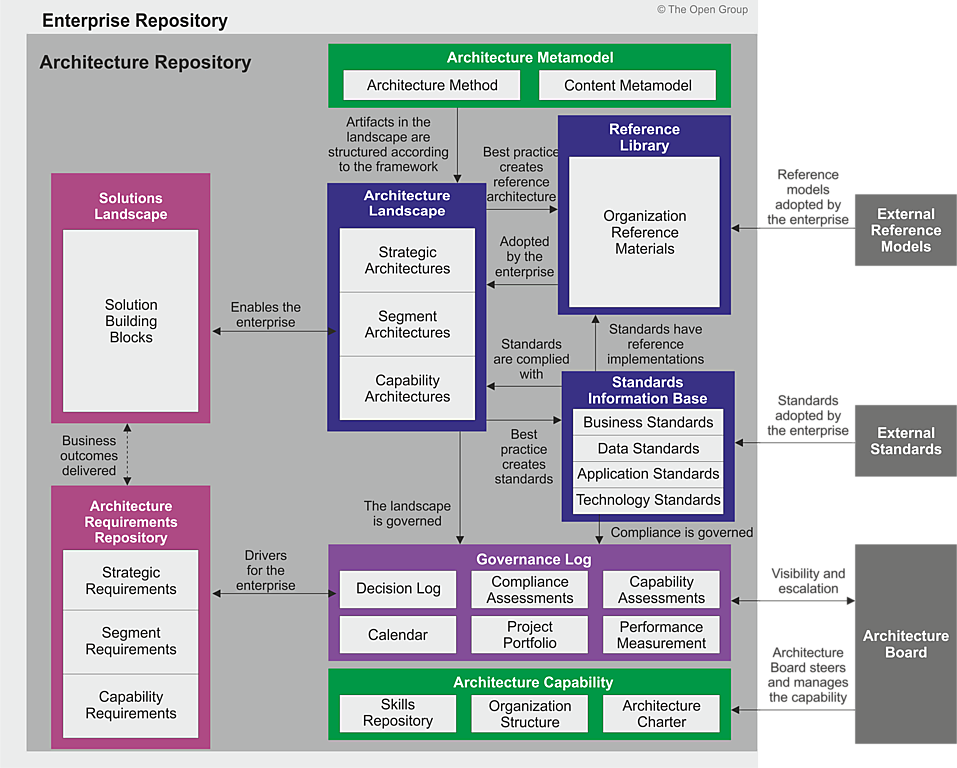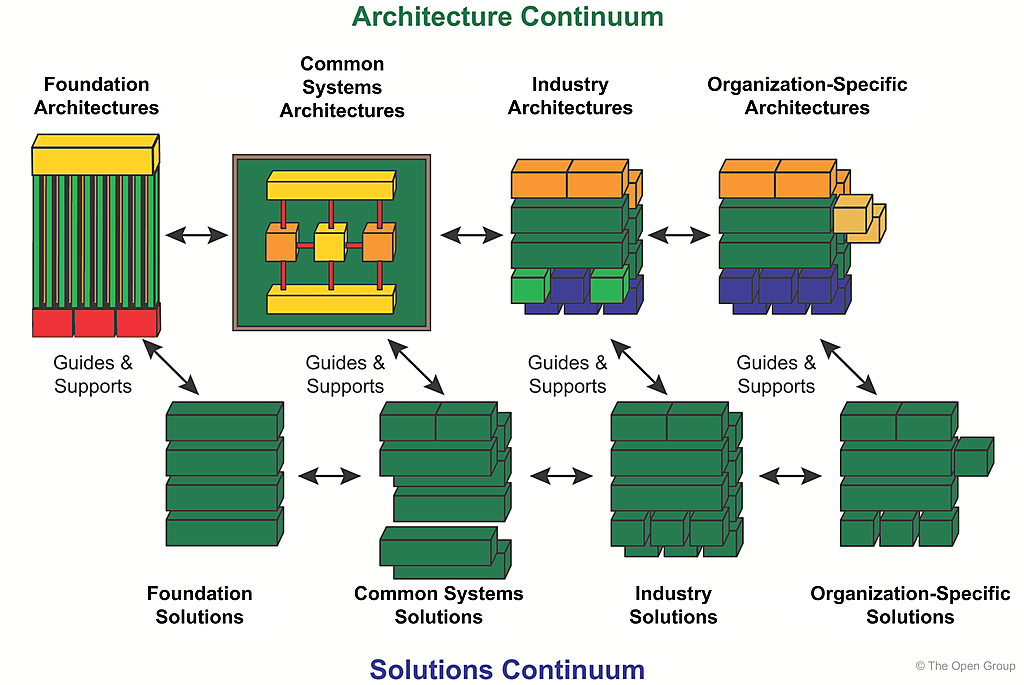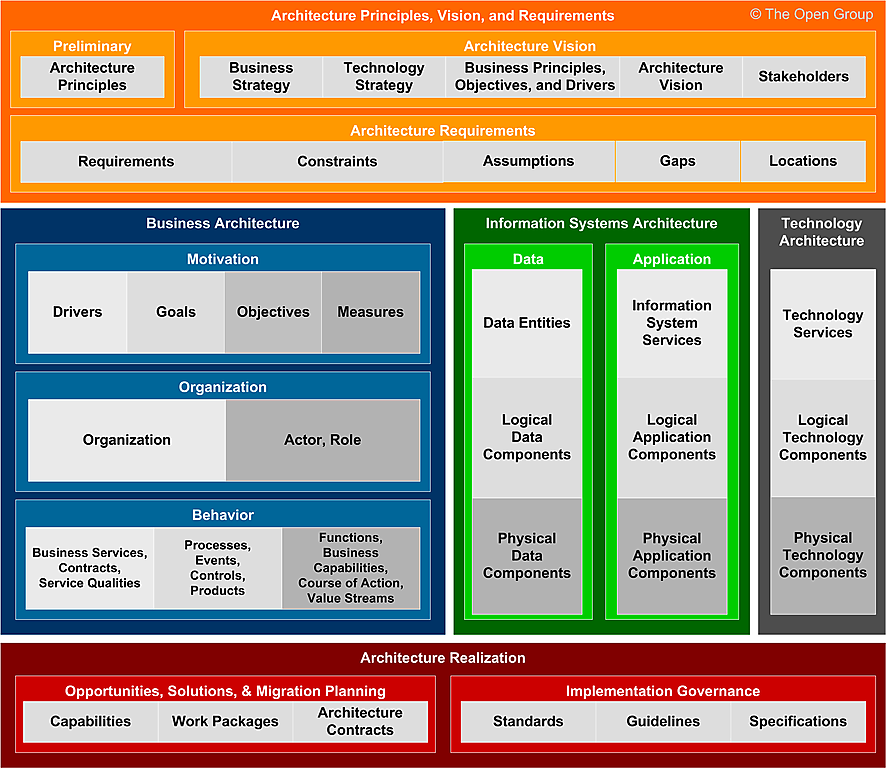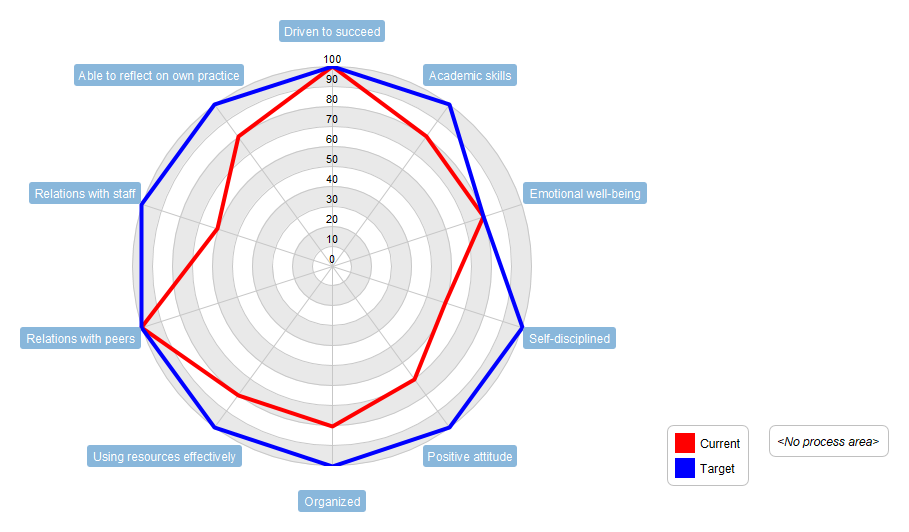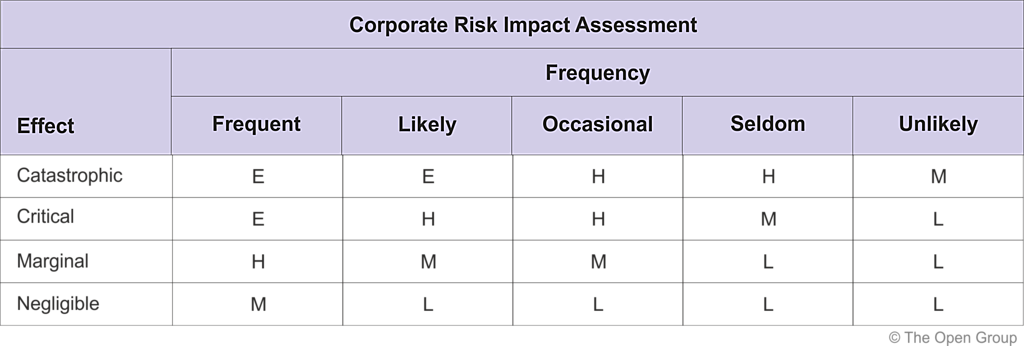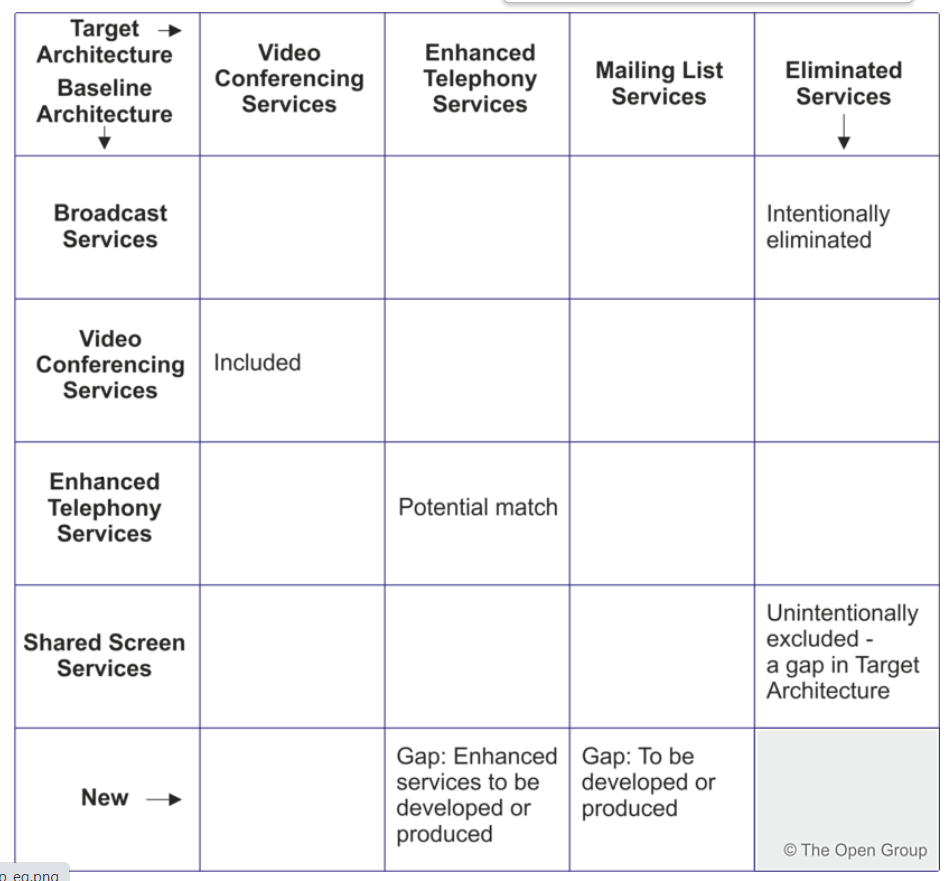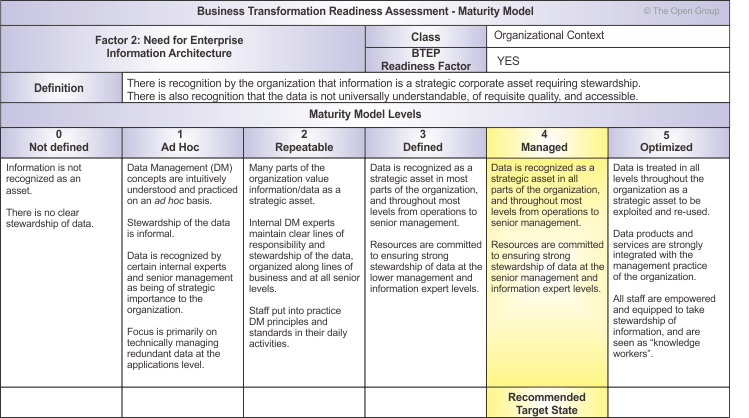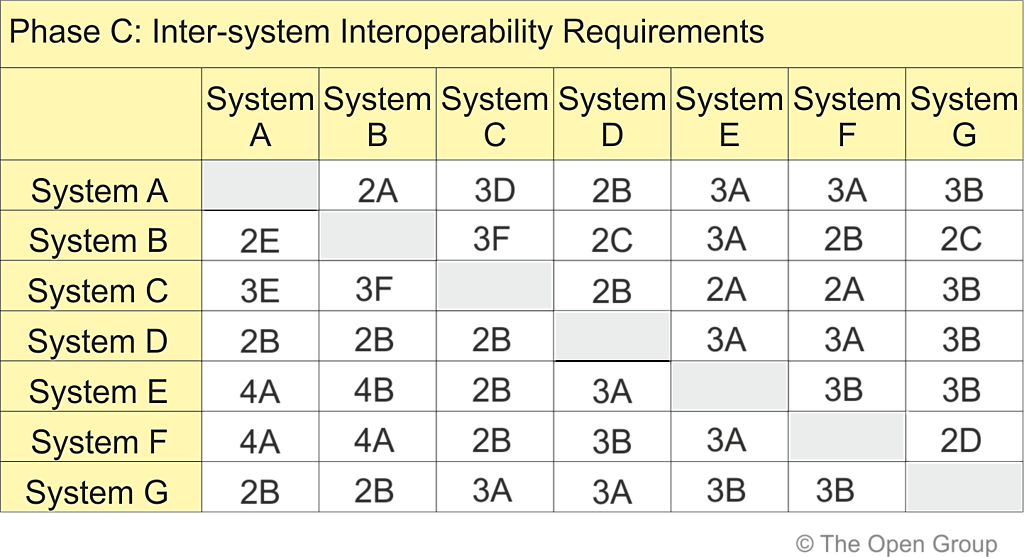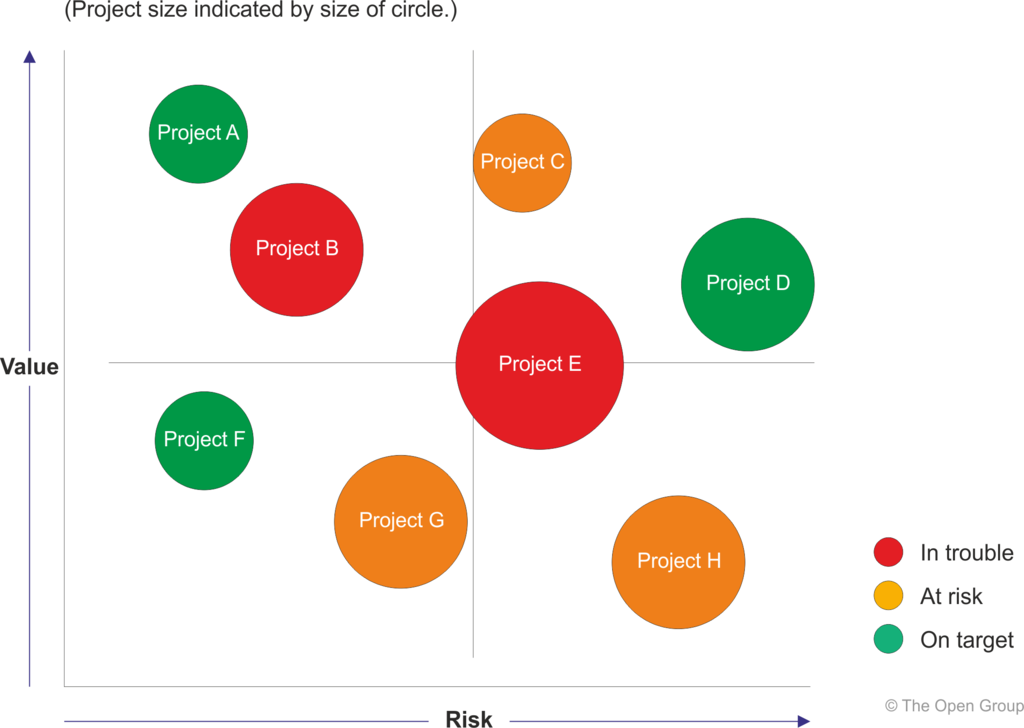Exploring the Architecture Capability Framework in TOGAF: Components and Benefits
Architecture plays a critical role in the success of an organization. It enables organizations to align their business strategies with technology solutions, thereby improving their efficiency and reducing risks. However, establishing and maintaining an effective architecture practice can be a daunting task. That's where the Architecture Capability Framework comes in. Developed by The Open Group Architecture Forum (TOGAF), the framework provides a comprehensive set of guidelines for organizations to establish and maintain a robust architecture practice. The framework consists of seven components, including Architecture Capability, Architecture Board, Architecture Compliance, Architecture Contracts, Architecture Governance,…continue reading →

